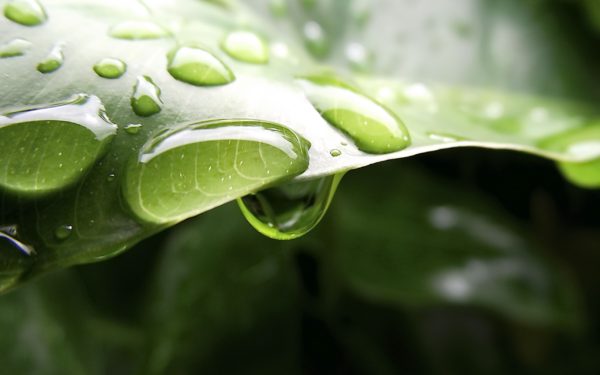
Caring for indoor orchids requires a responsible approach. Disorders of care lead to the appearance of sticky plaque on an indoor plant. If there are sticky drops on the leaves of an orchid, it is advisable to understand the cause and eliminate it in the shortest possible time. It largely depends on whether the orchid will grow and bloom in the future.
Caring for indoor orchids requires consideration of numerous nuances. The appearance of sticky drops indicates serious violations of the care of plants, so in such situations it is extremely important to understand the cause and try to eliminate it. If there are sticky drops on the leaves of an orchid, you need to find out all the possible causes of this phenomenon and try to eliminate them in the shortest possible time.
Content
Causes of sticky drops on an orchid flower
The reasons for the appearance of sticky drops on orchids are different, so it is advisable to pay increased attention to the following factors:
- watering features;
- temperature conditions in an ordinary room or in a home greenhouse;
- lighting features.
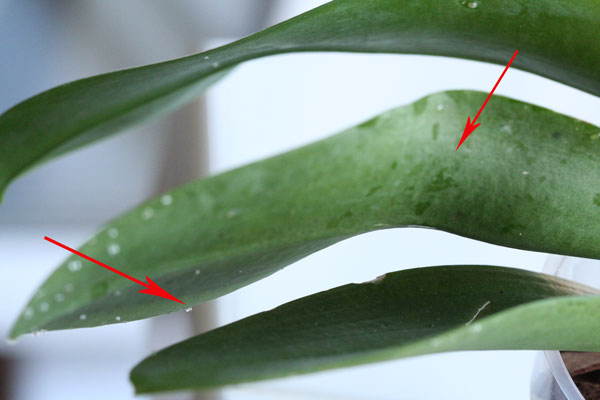
After you manage to study the main alleged causes of sticky drops on orchids, you can make sure that there are no more serious circumstances contributing to the problem.
- Natural transpiration process. In this case, flower nectar is natural, so it is safe for a houseplant. Sweet drops of orchids turn out to be a kind of bait for pollinating insects and even for various parasites. For this reason, it is advisable to make sure that the orchid is protected from dangerous insects.
- Periodic overflow, which leads to stagnation of water in the sump and on the ground. The situation is worsened by the insufficiently high temperature in the room and excessively bright lighting. If it was possible to find out that the reason is a violation of the rules of irrigation, it is advisable to remove the orchid and dry it from the water, provide full drainage.
- Excessive use of top dressing. With frequent use of fertilizers, a sticky coating also appears, leading to a spotted lesion of orchids. In some cases, it is advisable to take care of changing the soil to prevent problems with plants.
- Infection of orchids with indoor pests. It is possible to see such pests on the surface of orchid leaves, so it is advisable to take the necessary actions in a timely manner.
- Powdery Mildew Disease At the beginning of this disease, sticky leaves appear in the orchid. Subsequently, a white coating with spots of gray and black.
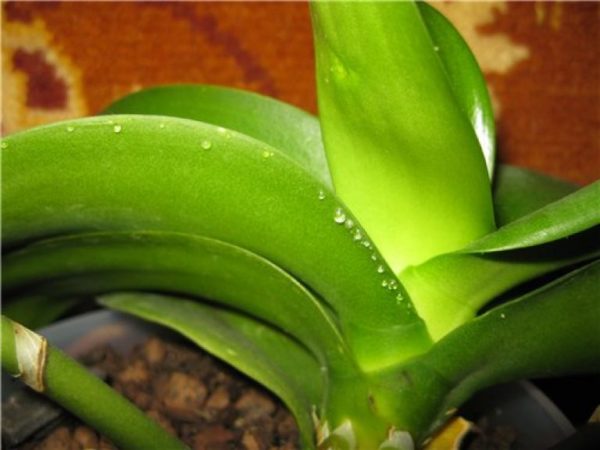
Possible diseases and pests
Important! The appearance of sticky drops on orchids is often caused by infection of indoor orchids, and the existing parasites are noticeable almost immediately. The fact is that they are small dots on sticky droplets. Among the possible causes is the infection with powdery mildew, which leads to the appearance of a large number of drops on the leaves, and subsequently to a white-gray bloom.
If it was possible to detect plaque with incomprehensible drops on orchids, you can guess that the houseplant attracted insects to itself, scaring away and destroying pests.
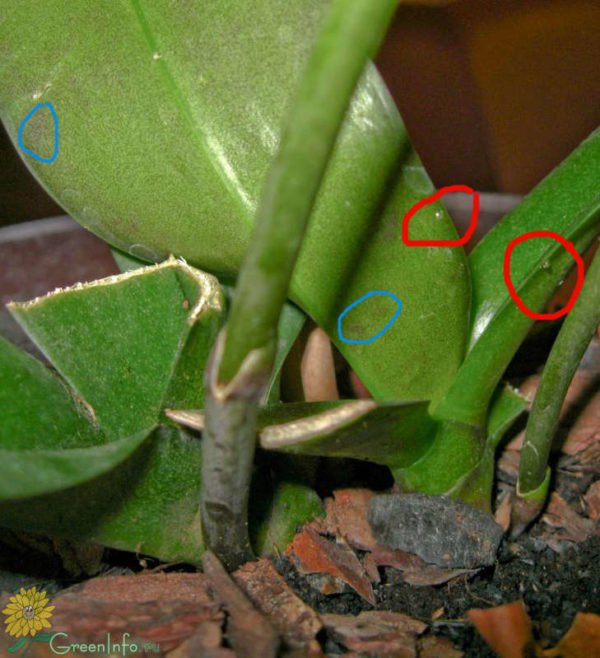
Ways to combat plant parasites and diseases
Many lovers of indoor plants are interested in what to do when a sticky coating appears on orchid flowers. In fact, simple actions can also help in the fight against plant parasites and diseases.
- Initially, the soil condition is checked in order to determine the correctness of the irrigation regime. In addition, it is recommended to make sure that the plant is not located in bright sun. If the care is considered correct and the problem persists, infection with indoor pests can be suspected.
- When infecting orchids, it is recommended to use special medications to eliminate the problem. Preliminarily reduce watering, spray the plant around the pot, wipe the leaves with soapy warm water. Such simple actions may help, but in other cases they use special tools.
To prevent the occurrence of a problem, it is advisable to take care of the rules of care and feeding, conducting preventive examinations to eliminate the risk of infection of orchids with harmful insects.
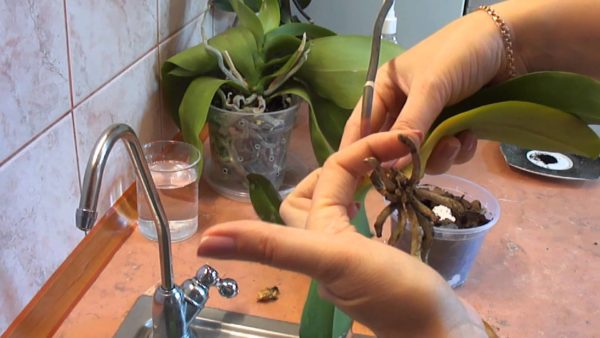
Are sticky drops dangerous for orchids
Prevention
Prevention of sticky orchid leaves plays an important role. Preventive measures include:
- improving the conditions of indoor plants;
- regular visual inspections of orchids to determine the condition of the plant;
- the use of special tools to increase the resistance of orchids to external factors.
Knowing why the orchid has sticky leaves and what to do in these cases, it is advisable to take care of timely prevention for the development and rapid growth of a beautiful home plant.

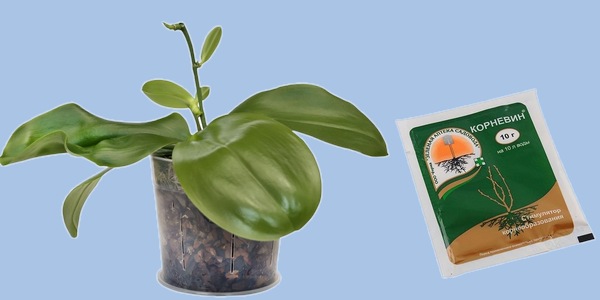
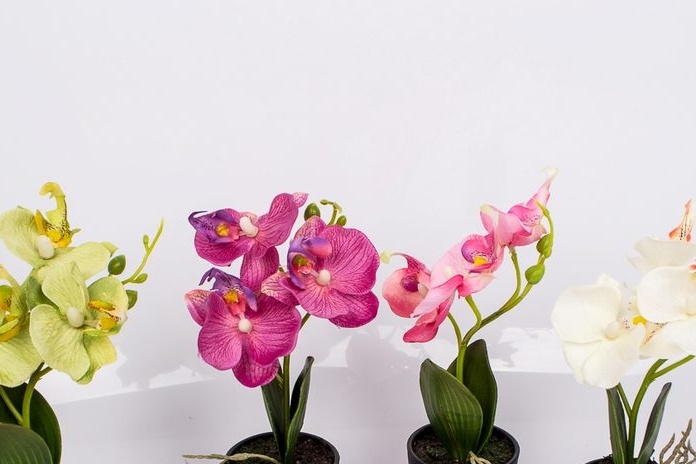
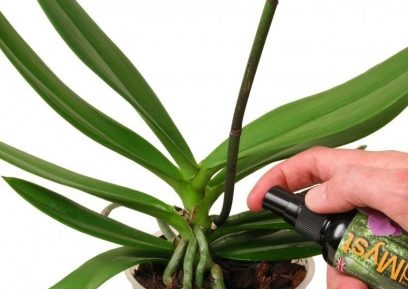
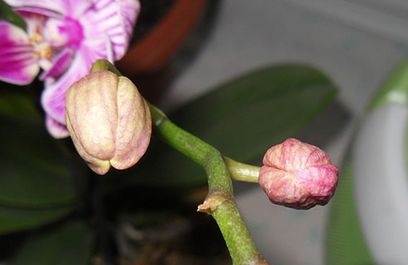 Reasons why orchids fall flowers and what to do
Reasons why orchids fall flowers and what to do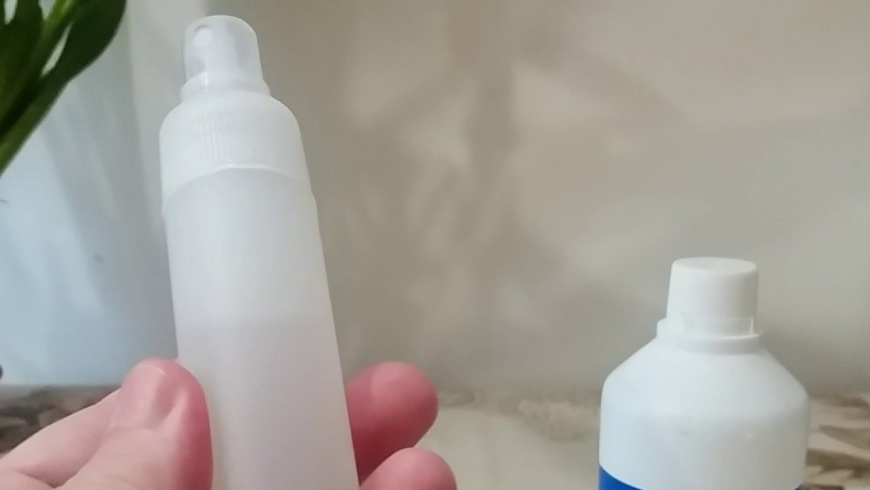 How to use hydrogen peroxide for orchids and why
How to use hydrogen peroxide for orchids and why Midges are wound up in the orchid: effective ways to get rid
Midges are wound up in the orchid: effective ways to get rid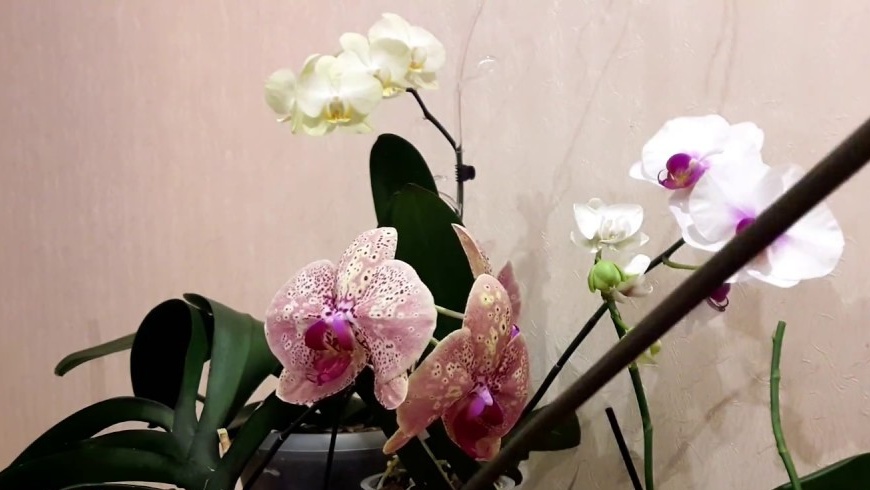 Is it possible to transplant an orchid during flowering
Is it possible to transplant an orchid during flowering